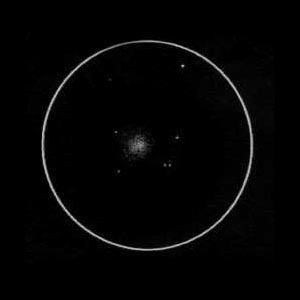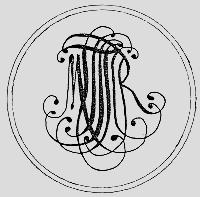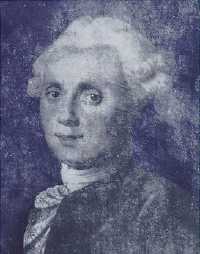In 1783 Charles Messier published a catalog of non-stellar objects he and others had found. This catalog, published in Connaissance des Temps, was an important work, for while others had published lists they were often widly inaccurate, with less than half the objects being real. In contrast M. Messier had meticulously checked each object himself and the list was impressively accurate with all but possibly one entry (M102) a real object. About half of these objects were original discoveries. As a result of this effort the catalog is still used widely by professional and amateur astronomers and the objects on the list still known by the numbers he bestowed in the original publication. We have prefixed the numbers with a capitol M to denote Messier, and the objects are now M1 to M110. While the published version of his list contained only 103 objects the list was brought to 110 when objects were added from Messier's personal notes and by Messier's close friend Pierre Méchain.
These object represent a 110 "Best of the Sky" list and even advanced amateurs return to these objects in their telescopes time and time again. The list is the best place for a novice to begin to explore what the sky has to offer.
Many of the objects are visible to the unaided eye and most are visible in binoculars. Personally I have observed all of these objects many times in instruments ranging from binoculars, to 6 and 8 inch telescopes, to my 18" Deep Violet. I have found that while all can be found in a smaller scope, to truly appreciate many of the objects requires a telescope of 6 or more inches in aperture.

If looking for a challenge it is possible (just barely) to find all 110 objects in a single night on new moon late in the month of March when the sun moves into an area of the sky where no objects on the list are found. Such an adventure is called a messier marathon. Yes, it can be done, I have done it, but the exercise is not east and does require some practice and skill.
For extensive information on The Messier Catalog and it's author you can go to the SEDS Messier Page at http://www.seds.org/messier/.
From Messier's catalog as published in Connaissance des Temps...
(May 3, 1764) `Nebula discovered between Bootes & one of the Hunting Dogs of Hevelius [Canes Venatici], it doesn't contain any star, its center is brilliant, & its light is gradually fading away, it is round; in a beautiful [dark] sky, one can see it in a telescope of 1-foot [FL]: It is reported on the chart of the comet observed in 1779. Memoirs of the Academy of the same year. Seen again on March 29, 1781, always very beautiful. (Diam. 3')'
My notes from 5 June 1998 read... A little smaller than M5 but otherwise just as nice. Well resolved and compact. In even a modest telescope this cluster is a swarm of stars arranged in a tight ball, in a larger instrument it is a stunning arrangement of innumberable stars. This is in contrast to Messier'comment "It doesn't contain any star", while in modern amateur instruments the object is a swarm of stars "well resolved". A testimony of the poor quality of Messier's instruments by modern standards even though they were good by the standards of the day. Also a testimony to the dedication and perseverance of those early explorers of the night.

